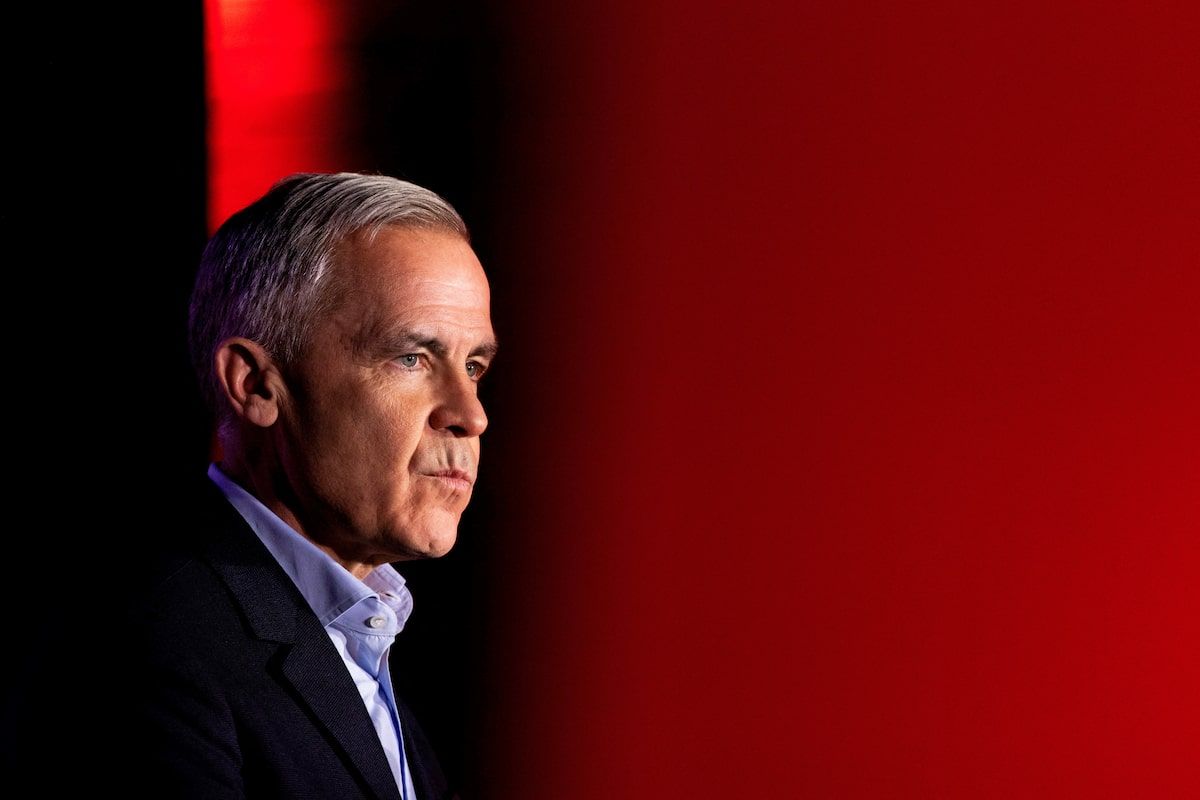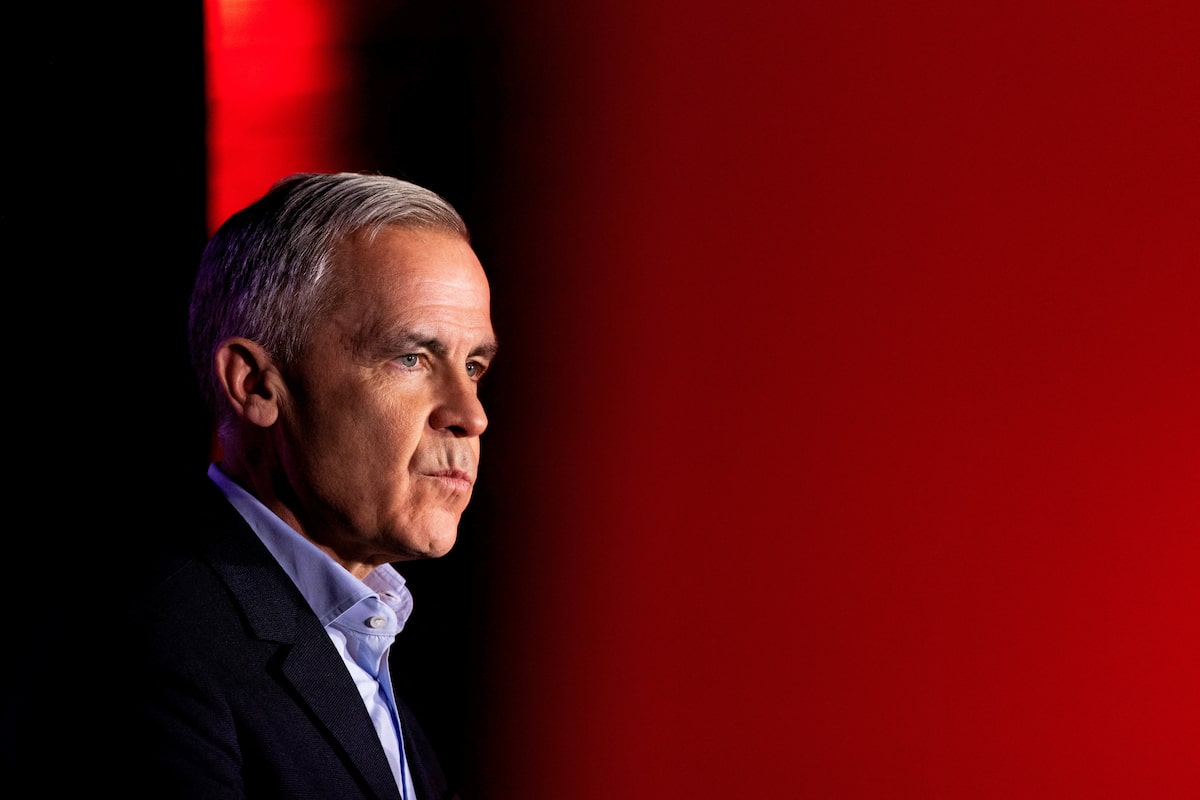
Shopify offered Mark Carney a job as president in 2020, before he went to Brookfield

Mark Carney attends a rally at the Pyramid Cabaret during his Liberal Party election campaign tour in Winnipeg, Manitoba on April 24.Carlos Osorio/Reuters
Years before contending to be Canada’s next prime minister, Liberal Leader Mark Carney was offered, and turned down, a job at the country’s most prominent technology company.
In March, 2020, Mr. Carney left his post as governor of the Bank of England after seven years, and was seemingly weighing options for his return to Canada. While he ultimately took a role at Brookfield Asset Management, the central banker was also offered a senior role at e-commerce company Shopify.
“We were super eager to recruit him at the company,” recalls Craig Miller, who interviewed Mr. Carney for the position. At the time, Mr. Miller was Shopify’s chief product officer, leading the rollout of new payment, retail and shipment features.
Book excerpt: How Shopify went from being a startup to an e-commerce giant
Shopify didn’t have a president then, and Mr. Miller said the company created the role in order to entice the former banker. “We really wanted him in the company, and we were trying to think, ‘what’s the best way to get him in the door?’”
By 2020, Shopify had hit its stride, expanding quickly from its early days as a scrappy start-up helping small businesses create online stores. In May of that year, the company’s stock had soared amid pandemic lockdowns and a sharp rise in e-commerce, pushing the company’s market capitalization above that of the Royal Bank of Canada – making Shopify the country’s most valuable public company.
At the time, the company was exploring how it could expand its financial offerings, such as Shop Pay, its native checkout and payment system. The former central banker’s financial and international experience seemed to be an appropriate fit for those needs, Mr. Miller said.
Shopify furthers shift toward U.S. with new executive office
Mr. Miller said the company felt his experience would bring new perspective to the fast-moving tech company that was, as he describes it, operating by trial and error.
“He was not the traditional person in tech, and that is actually what excited us,” Mr. Miller said. He disclosed in a post on LinkedIn this week that he would be voting Liberal on Monday.
Ultimately, Mr. Carney declined Shopify’s offer. In August, 2020, he instead joined Brookfield as chair and head of transition investing, where he expanded the company’s environmental, social and governance investing. Neither Shopify nor the Liberal Party responded to requests for comment.
It was also around this time that Mr. Carney started informally advising then-prime minister Justin Trudeau, stirring speculation that he could one day take over as finance minister.
Carney cuts business ties to Brookfield and other boards as he launches bid for Liberal leadership
He would keep a foot in the tech world, later joining payment processor Stripe as a board member.
Shopify found another candidate to become president: In September, 2020, the company appointed Harley Finkelstein to the job, and he is still in the role. Mr. Finkelstein had joined a decade earlier as chief platform officer, later serving as chief operating officer.
As the pandemic receded, Shopify’s stock took a sharp hit but has slowly crept back up since then, reaching a high of $181 per share on the Toronto Stock Exchange in February. But the company could now face growth headwinds owing to U.S. tariffs, global trade tensions and concerns about falling consumer demand. More than a dozen analysts recently reduced their targets for the company’s stock.
Shopify’s leaders have been vocal in recent months ahead of Monday’s federal election, criticizing the Liberal government for its spending. In a recent tweet, founder Tobi Lütke called Mr. Carney a “great candidate” but said the Liberal Party’s platform would commit Canada to “continued economic decline.” And last week, COO Kaz Nejatian posted on X that he had voted for Mr. Poilievre.